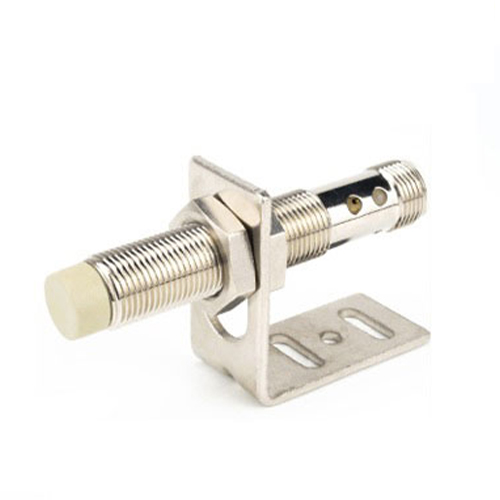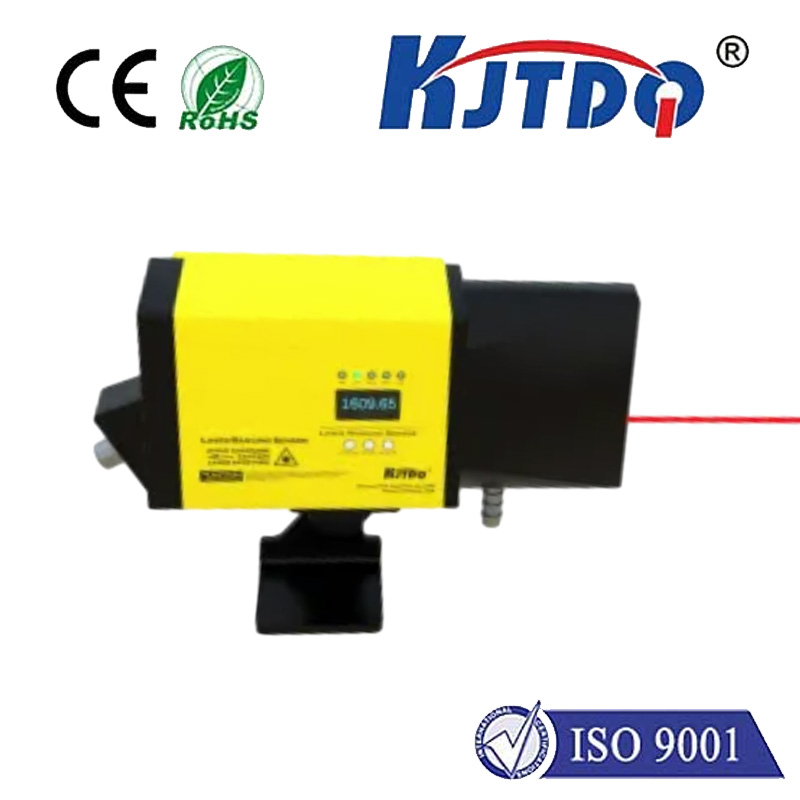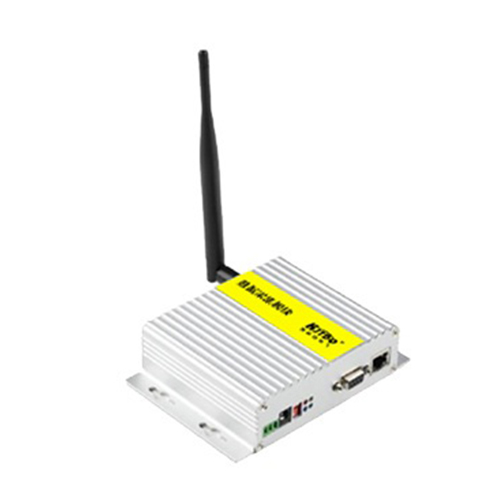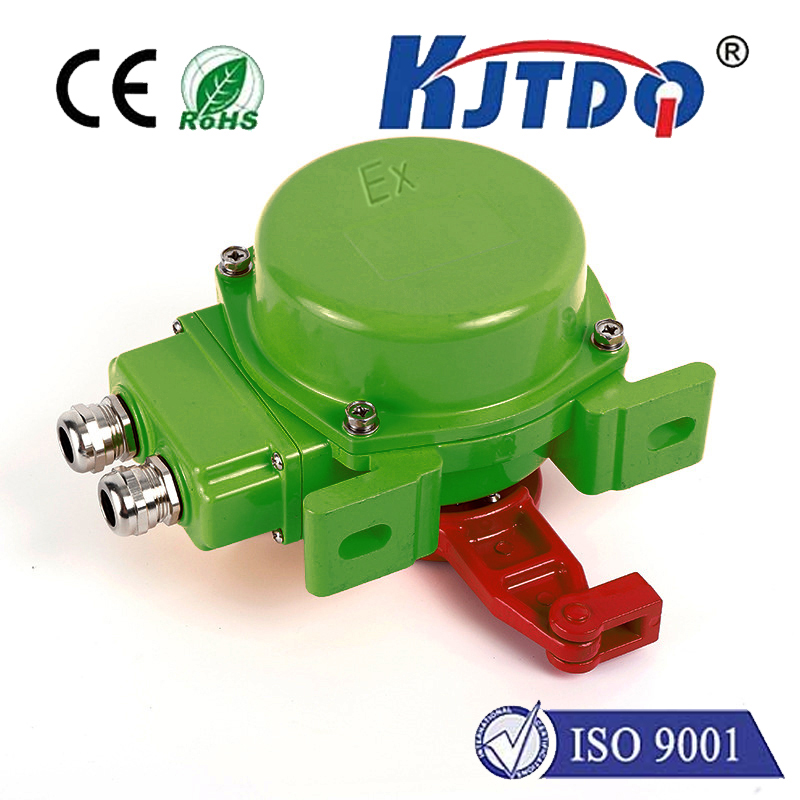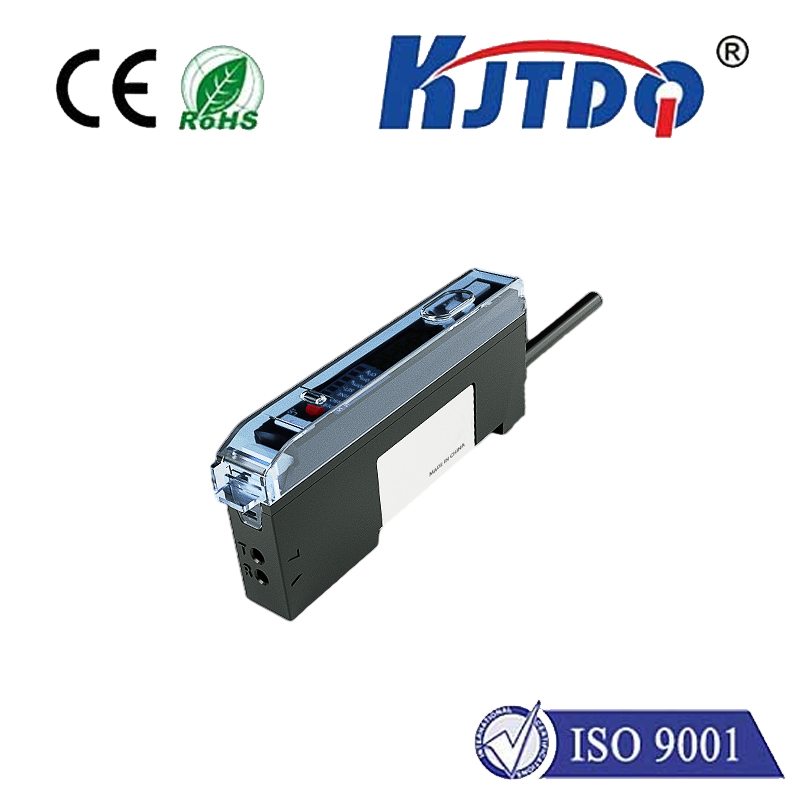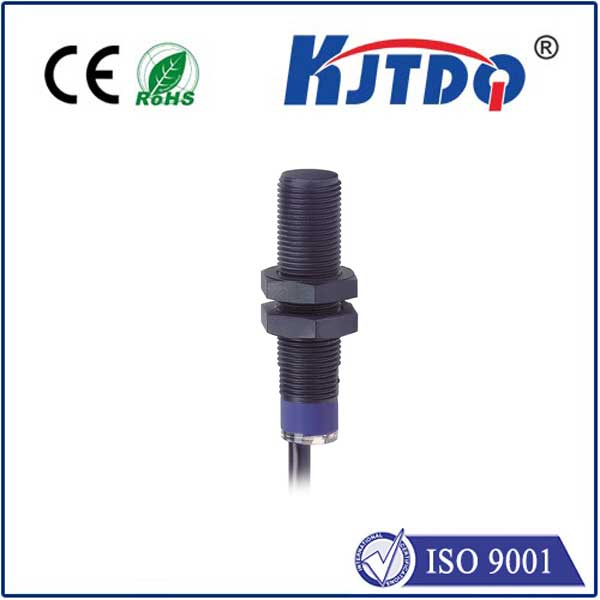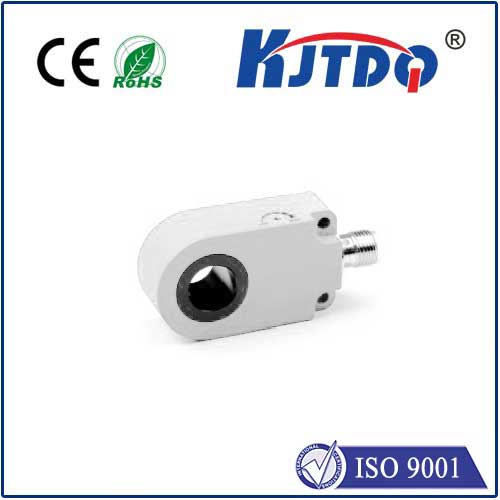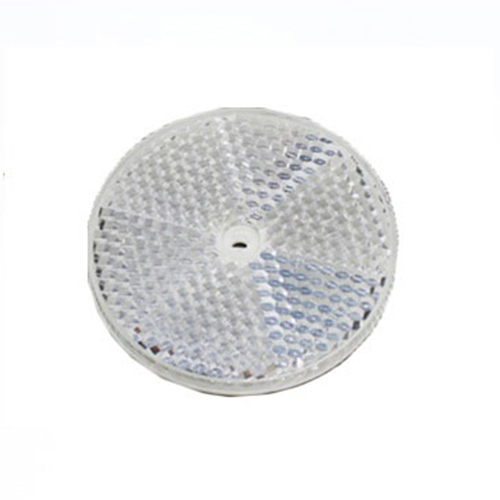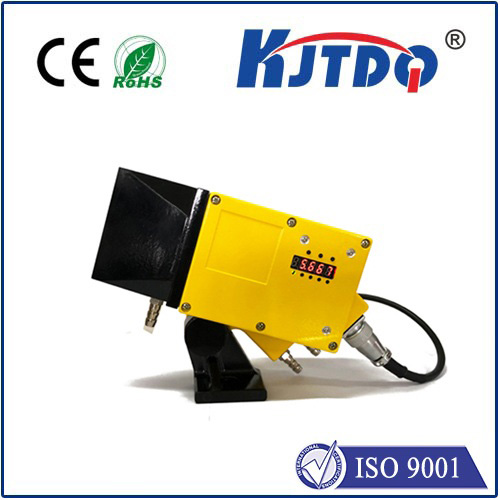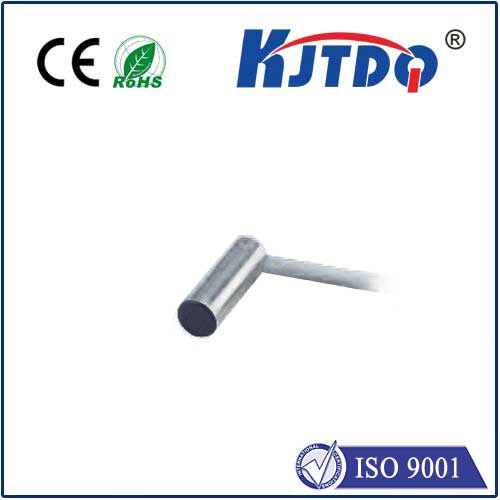optical micro switch
- time:2025-08-06 12:34:00
- Click:0
Optical Micro Switches: Revolutionizing Sensing with Light and Precision
In the intricate world of modern electronics and automation, where size, reliability, and speed are paramount, a tiny technology often plays an outsized role: the optical micro switch. Unlike their mechanical counterparts relying on physical contact, these miniature marvels harness the power of light to detect presence, position, or movement with incredible finesse. Understanding their unique advantages is key to appreciating how they enable countless applications, from industrial robotics to sophisticated medical devices and consumer electronics.
Beyond the Click: The Core Principle of Light-Based Sensing
At its heart, an optical micro switch is a non-contact sensor comprising two primary optical components housed within a compact assembly:
- Emitter: Typically an infrared LED (Light Emitting Diode) that generates an invisible beam of light.
- Receiver: A photodetector, such as a phototransistor or photodiode, positioned to receive the light beam from the emitter.
The fundamental operating principle revolves around the interruption or reflection of this light beam by an external object. Key operational modes include:

- Through-Beam (Opposed Mode): The emitter and receiver sit directly opposite each other. The switch detects when an object breaks the beam path. This offers the longest sensing range and highest accuracy for a given housing size.
- Reflective (Retroreflective) Mode: Emitter and receiver are mounted side-by-side. The emitted light hits a reflector placed opposite and bounces back to the receiver. The switch triggers when an object interrupts this reflected beam.
- Diffuse (Proximity) Mode: Emitter and receiver are mounted side-by-side. Detection occurs when emitted light reflects directly off the target object itself and back to the receiver. Operating range is typically shortest in this mode and depends on the target’s reflectivity.
The electronics embedded within the micro switch continuously monitor the receiver’s state. A significant change in the received light level (indicating beam interruption or reflection) triggers a clean, fast digital output signal – often a transistor switching state (e.g., from OFF to ON).
Why Choose Optical? Distinct Advantages Over Mechanical Relays
Optical micro switches offer a compelling set of benefits that make them indispensable in demanding environments:
- Zero Mechanical Wear: The defining advantage. With no moving parts making physical contact during sensing, these switches are immune to the mechanical degradation that eventually plagues mechanical micro switches. This translates directly to dramatically extended lifespans, often rated in millions or tens of millions of operations.
- Incredible Speed: Light travels fast. The absence of physical movement allows optical micro switches to operate at extremely high speeds, detecting events and triggering outputs in microseconds. This makes them ideal for high-speed counting, positioning, and precision control tasks.
- Silent Operation: No physical contact means no audible “click.” This is crucial in noise-sensitive applications like medical equipment, audio devices, or quiet office environments.
- Exceptional Reliability: Immunity to contact bounce (a common issue with mechanical switches causing erratic signals) and resistance to corrosion or contamination (as long as the optical path remains clear) make optical micro switches exceptionally reliable.
- Immunity to Electrical Noise: Their operation is based purely on light intensity, rendering them largely immune to electromagnetic interference (EMI) that can disrupt electrical signals. This is vital in industrial settings with heavy machinery or inverters.
- Miniaturization: Optical sensing elements can be manufactured in very small form factors, enabling micro switches that fit into incredibly tight spaces where traditional mechanical switches couldn’t operate effectively.
Where the Light Shines Bright: Key Applications
The unique capabilities of optical micro switches see them deployed across a vast spectrum of industries:
- Industrial Automation: End-of-travel detection on actuators, robotic gripper presence sensing, object counting on conveyors, precise registration marks detection in printing, and paper-out detection in printers/copiers. Their speed and reliability are crucial here.
- Medical Equipment: Fluid level detection in infusion pumps and dialysis machines, tray positioning in analyzers, door interlock safety switches on sensitive imaging equipment (like MRI, where non-magnetic properties are also essential). Their non-contact nature prevents contamination and ensures quiet operation.
- Consumer Electronics: Disc tray positioning in DVD/Blu-ray players, lid closure detection on laptops and printers, position sensing in appliances like coffee makers or automated feeders. Miniaturization is key.
- Security and Access Control: Tamper detection on enclosures, door/window position monitoring (especially in silent alarm systems), object presence in safes. Their reliability and non-contact nature are advantages.
- Automotive and Transportation: Gear position sensing (in some systems), seat belt buckle detection (non-contact variants), component positioning within complex assemblies. Durability under vibration is critical.
- Vending Machines: Precise product detection and dispensing control. Their immunity to dust and ability to detect transparent objects are beneficial.
Selecting the Right Optical Micro Switch: Key Considerations
Not all optical micro switches are created equal. Choosing the optimal one involves evaluating several factors:
- Sensing Mode (Through-Beam, Retroreflective, Diffuse): Dictates range and required target properties.
- Output Circuitry: NPN or PNP transistor outputs, sourcing/sinking configurations, or digital logic levels must match the controller’s input requirements.
- Sensing Range: How far away can the target effectively interrupt or reflect the beam?
- Housing Material and Form Factor: Must suit the environmental conditions (chemical resistance, temperature), mounting constraints, and available space. Common materials include plastic, metal, or specialized polymers.
- Environmental Resilience: Consider IP (Ingress Protection) rating for dust and moisture resistance, operating temperature range, and resistance to specific chemicals or cleaning agents. Optical micro switches excel in dirty environments unless the optical elements become obscured.
- Target Properties: Size, color (reflectivity in IR spectrum), material (transparent, opaque), and required detection distance.
- Supply Voltage: Compatibility with the available system power.
- Response Time: How quickly can it switch state after detecting the target?
Optical micro switches represent a sophisticated fusion of photonics and microelectronics, delivering unmatched reliability, speed, and non-contact sensing in miniature packages. By harnessing light instead of mechanical force, they overcome fundamental limitations, enabling safer, faster, more precise, and more durable systems across the technological landscape. Understanding their principles and advantages empowers engineers and designers to unlock their full potential in the next generation of smarter, more responsive devices and machinery.






